What You Need to Know About 4'' Ceramic End Effectors: A Comprehensive Guide
Table of Contents
- Understanding the Basics of 4'' Ceramic End Effectors in Robotics
- Key Features and Advantages of 4'' Ceramic End Effectors
- How to Choose the Right 4'' Ceramic End Effector for Your Application
- Best Practices for Maintaining 4'' Ceramic End Effectors
- Common Applications and Use Cases for 4'' Ceramic End Effectors
- Troubleshooting Tips for 4'' Ceramic End Effectors in the Field
- FAQS
- Conclusion
- Related Posts
In the realm of precision ceramic manufacturing, understanding the nuances of various components is crucial, and one such essential product is the 4'' Ceramic End Effector. At ST.CERA CO., LTD., a leading private high-tech enterprise dedicated to excellence in precision ceramic production, we recognize the importance of these specialized tools in enhancing automation and efficiency across industries. With a team of top-ranking experts and engineers, our focus on research and development positions us at the forefront of innovations like the 4'' Ceramic End Effector. This comprehensive guide will delve into the key features, applications, and benefits of this critical component, providing insights that can aid professionals in making informed decisions for their operations. Whether you are involved in manufacturing, robotics, or any field reliant on precision ceramic parts, understanding the dynamics of 4'' Ceramic End Effectors will be invaluable for optimizing performance and achieving operational goals.

Understanding the Basics of 4'' Ceramic End Effectors in Robotics
4-inch ceramic end effectors are pivotal components in modern robotics, particularly in automating manufacturing processes. These specialized tools are designed to enhance precision and reliability in tasks such as assembly, handling, and packaging. According to a recent report by the International Federation of Robotics (IFR), the adoption of robotic systems incorporating these end effectors has increased by over 20% in the past year alone, reflecting the growing demand for efficiency in industries ranging from automotive to electronics.
Understanding the basics of 4-inch ceramic end effectors begins with their unique properties. Ceramic materials offer superior hardness and thermal resistance, making them ideal for handling heat-sensitive components. The average lifespan of such end effectors can exceed 10,000 working cycles, significantly reducing the downtime associated with frequent replacements. Moreover, a study by the Robotics Industries Association (RIA) indicates that implementing ceramic end effectors can improve gripping performance by up to 30%, thus optimizing production workflows and ensuring greater product quality. This reliability and performance make them an indispensable asset in the robotics arsenal.
Understanding Performance Metrics of 4'' Ceramic End Effectors
This bar chart represents the performance metrics of 4'' ceramic end effectors in various categories, including grip strength, weight, cost, and durability. The values indicate their performance levels and can assist users in understanding the capabilities of these end effectors in robotic applications.
Key Features and Advantages of 4'' Ceramic End Effectors
When it comes to precision and durability in automation, 4'' ceramic end effectors stand out as a key component. One of their primary advantages is their exceptional wear resistance, which allows them to maintain performance even under harsh operating conditions. This is particularly beneficial for industries that deal with abrasive materials, as ceramic end effectors minimize the risk of damage and reduce the need for frequent replacements.
In addition to their durability, these end effectors provide excellent thermal stability. They can withstand high temperatures without deforming, making them suitable for applications in industries such as manufacturing and robotics where heat is a factor. Their lightweight nature also contributes to improved robotic performance, as they reduce the load on the robotic arms and enhance efficiency.
**Tip 1:** Always consider the environment in which the end effectors will be used. Understanding the specific conditions can help you choose the right ceramic type for optimal performance.
**Tip 2:** Regularly inspect and maintain your end effectors to ensure their longevity. Even the most durable materials can benefit from upkeep, significantly extending their functional life.
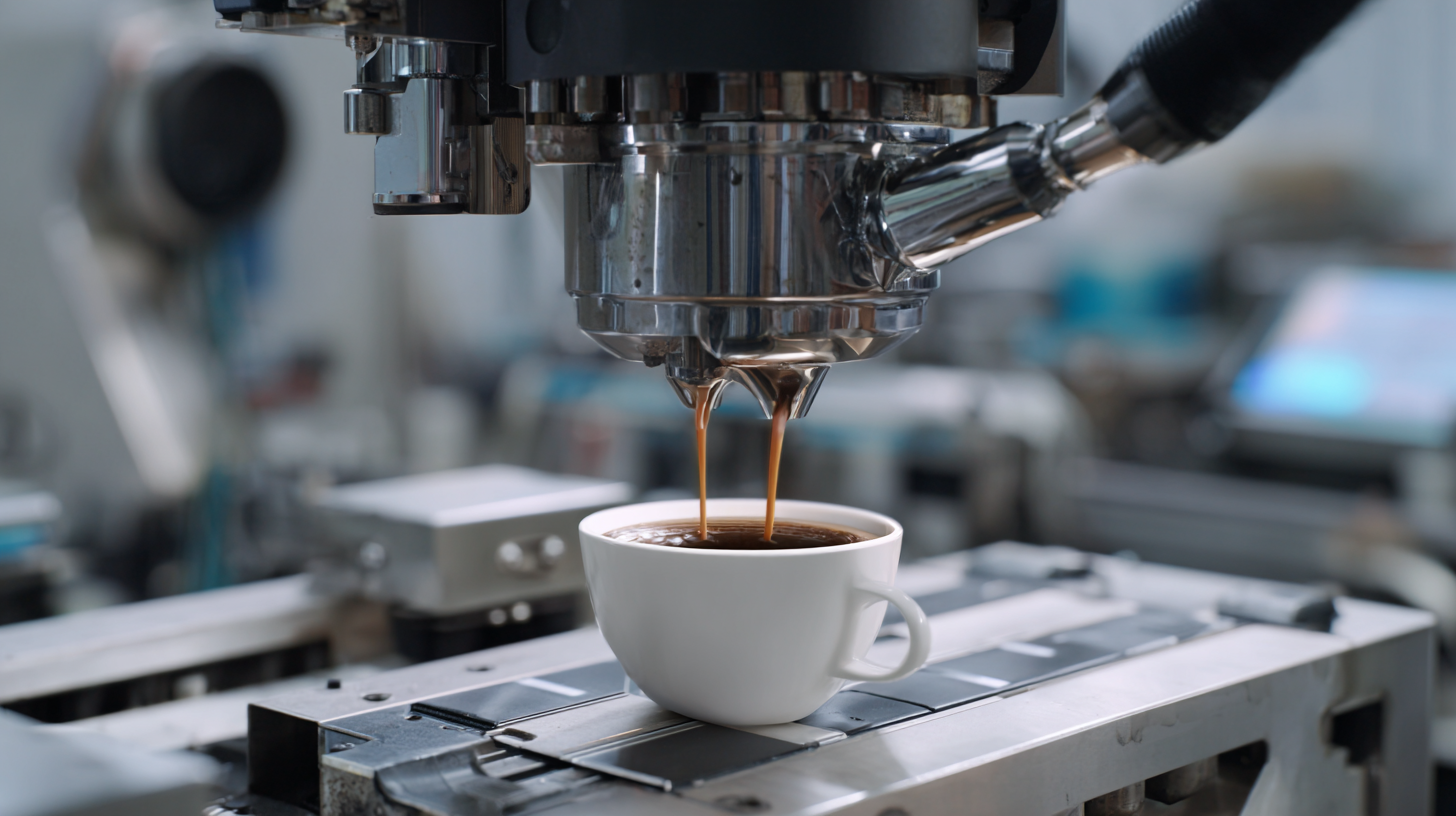
How to Choose the Right 4'' Ceramic End Effector for Your Application
Choosing the right 4'' ceramic end effector for your application requires careful consideration of several factors, particularly if you seek to enhance precision and adaptability in robotic systems. A recent advancement in this field is the development of a four-fingered piezoelectric robotic hand, which showcases the potential for fine motor control with multiple gestures that can replace or assist human tasks. Such technology indicates a growing trend towards multifunctional end effectors that can handle a variety of operations, from delicate assembly to complex interactions.
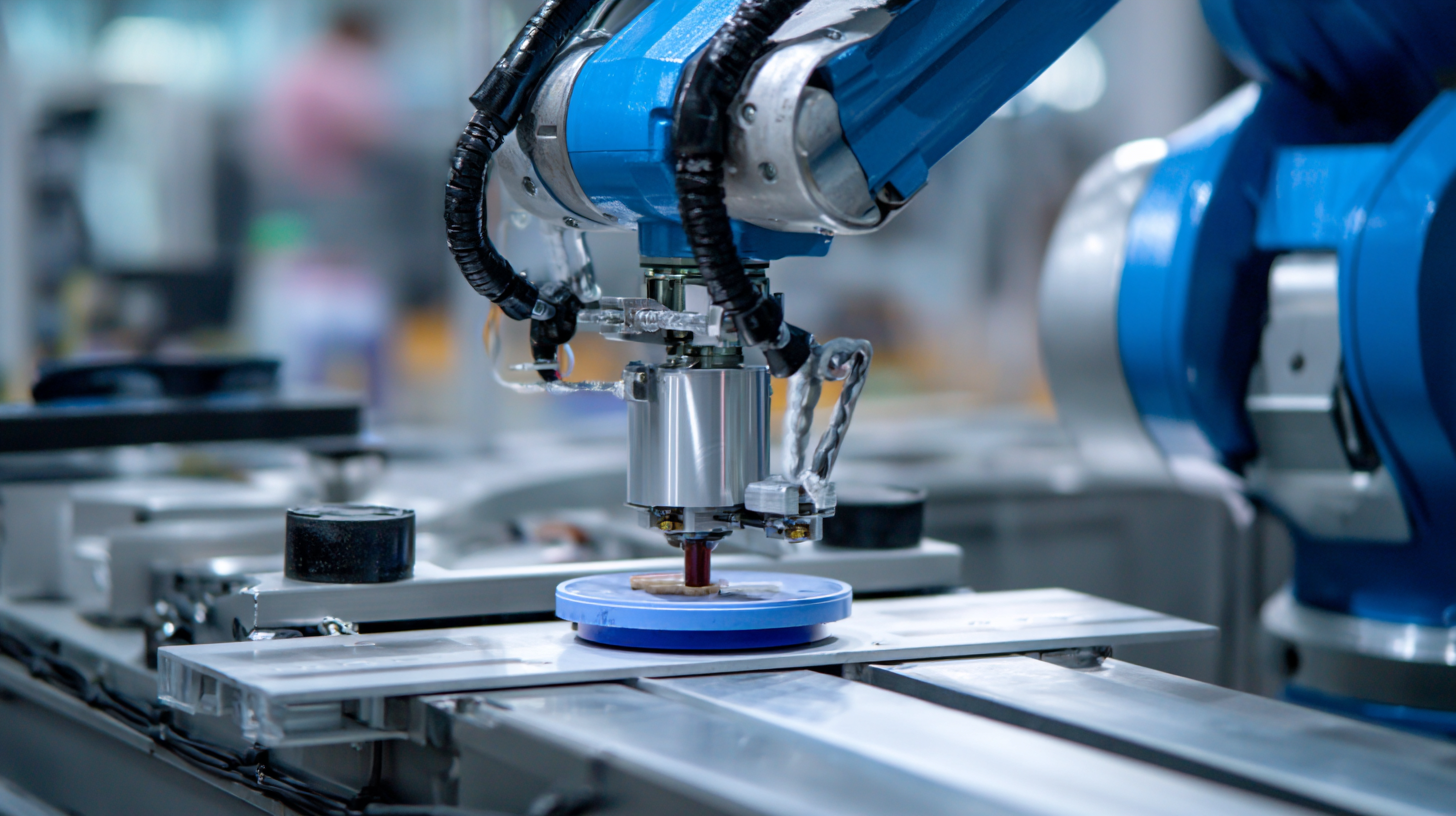
When selecting a 4'' ceramic end effector, think about your specific application requirements, including the material compatibility, grip strength, and the range of motion needed. The versatility demonstrated by new robotic hands highlights the importance of selecting an end effector that not only meets current needs but also possesses the adaptability to handle future challenges in automation. Ultimately, the right choice will enable your robotic system to operate more efficiently, offering significant improvements in productivity and task execution.
Best Practices for Maintaining 4'' Ceramic End Effectors
Maintaining 4'' ceramic end effectors is crucial for ensuring their longevity and optimal performance in various industrial applications. Regular maintenance not only enhances the lifespan of the end effectors but also minimizes downtime in production processes. Recent studies show that routine checks and proper cleaning can improve operational efficiency by up to 30%. It's essential to use appropriate cleaning solvents that do not harm the ceramic material, thus preserving the integrity and functionality of the end effectors.
**Tip:** Always inspect the end effectors for any signs of wear or damage before every use. This preemptive check can help you identify potential issues early and save costs associated with more extensive repairs or replacements.
Proper storage conditions also significantly influence the performance of ceramic end effectors. They should be stored in a dry, controlled environment to prevent moisture accumulation, which can lead to deterioration over time. Industry reports indicate that maintaining optimal humidity levels can reduce maintenance costs by approximately 20%.
**Tip:** Use silica gel packs in storage containers to absorb moisture, ensuring that your ceramic components remain in pristine condition and ready for use when needed.
Common Applications and Use Cases for 4'' Ceramic End Effectors
4-inch ceramic end effectors are rapidly gaining traction in various industrial applications, thanks to their durability, precision, and versatility. These specialized tools are predominantly used in sectors like robotics, automation, and material handling. According to a recent market report by Industry Research, the demand for ceramic end effectors is projected to grow by over 15% annually, driven by advancements in robotic technologies and the increasing need for high-performance components.
In robotics, 4-inch ceramic end effectors are ideal for tasks requiring delicate handling, such as in the electronics and semiconductor industries. Their ability to operate in extreme environments without degradation makes them essential for cleanroom applications. Similarly, in the automotive sector, these end effectors are utilized for assembly lines, where precision and reliability are critical.
Tips for Selecting Ceramic End Effectors:
- Assess Application Needs: Evaluate the specific requirements of your operation—whether it’s handling fragile items or working in a high-temperature environment.
- Material Compatibility: Ensure that the ceramic material chosen is suitable for the substances it will come into contact with to avoid any chemical reactions.
- Regular Maintenance: Implement a regular maintenance schedule to prolong the lifespan and performance of the end effectors, ensuring they continue to meet operational standards.
The increasing reliance on automation in manufacturing underscores the potential of 4-inch ceramic end effectors in enhancing productivity and efficiency.
Troubleshooting Tips for 4'' Ceramic End Effectors in the Field
When working in the field with 4'' ceramic end effectors, troubleshooting common issues can significantly enhance efficiency and reduce downtime. According to a recent industry report by TechNavio, improper maintenance and calibrations account for nearly 30% of operational delays in robotic automation. To ensure optimal performance, regularly inspect the ceramic tips for wear and tear. Signs of damage can include chipping or excessive wear that compromises gripping strength, ultimately affecting material handling.
Another critical aspect to consider is temperature sensitivity. The ceramic material can be prone to thermal shock, particularly in environments with extreme temperature fluctuations. A study from the Robotics and Automation Society indicates that maintaining consistent operating temperatures can extend the life of ceramic components by up to 40%. It is advisable to implement thermal shielding or insulation strategies to prevent potential cracks during high-temperature operations. By focusing on these troubleshooting tips, users can prevent costly interruptions and ensure their 4'' ceramic end effectors operate at peak performance.
FAQS
: Regular maintenance enhances the lifespan and optimal performance of 4'' ceramic end effectors, reducing downtime in production processes by improving operational efficiency by up to 30%.
Always inspect the end effectors for any signs of wear or damage before every use to identify potential issues early and avoid costly repairs or replacements.
Ceramic end effectors should be stored in a dry, controlled environment to prevent moisture accumulation, which can lead to deterioration over time. Using silica gel packs in storage containers can help absorb moisture.
They are commonly used in sectors such as robotics, automation, material handling, electronics, semiconductor industries, and automotive assembly lines due to their durability and precision.
Consider the specific application needs, ensure material compatibility with substances they will contact, and implement a regular maintenance schedule to prolong lifespan and performance.
Common issues include wear and tear, temperature sensitivity, and improper calibrations, which can affect gripping strength and overall performance.
The ceramic material can be prone to thermal shock in extreme temperature fluctuations, which may lead to cracking, so maintaining consistent operating temperatures is crucial.
Maintaining consistent operating temperatures and implementing thermal shielding or insulation can extend the life of ceramic components by up to 40%.
Approximately 30% of operational delays in robotic automation are attributed to improper maintenance and calibrations.
It is essential to use appropriate cleaning solvents that do not harm the ceramic material, preserving the integrity and functionality of the end effectors.
Conclusion
In the realm of robotics, the 4'' Ceramic End Effector stands out as a crucial component that enhances precision and efficiency in various applications. This comprehensive guide delves into the essential aspects of these end effectors, detailing their key features and advantages, such as durability and lightweight design. It also offers insights into selecting the right 4'' Ceramic End Effector for specific tasks and highlights best practices for maintenance to ensure optimal performance.
Moreover, the blog explores common applications and use cases, emphasizing their versatility across different industries. For those encountering challenges in the field, troubleshooting tips are provided to address typical issues encountered with 4'' Ceramic End Effectors. At St.Cera Co., Ltd., our expertise in precision ceramic manufacturing positions us to meet the needs of diverse clients seeking high-quality end effectors tailored to their robotics applications.
Related Posts
-

5 Reasons Why the Best 4 Inch Ceramic End Effector is a Game Changer
-
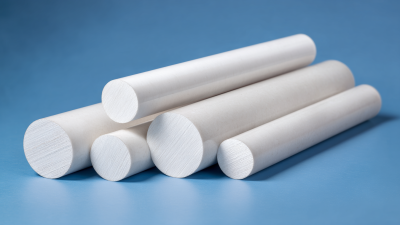
The Ultimate Guide to Zirconia Ceramic Rods: Unveiling Key Properties and Market Trends
-
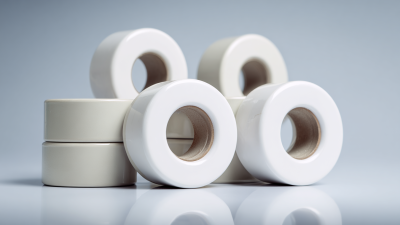
Choosing the Right Manufacturer for the Best Ceramic Guide Pin: Essential Solutions and Tips
-
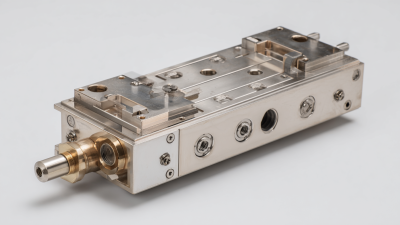
Ultimate Guide to Sourcing the Best Sic Wafer Arm for Your Manufacturing Needs
-
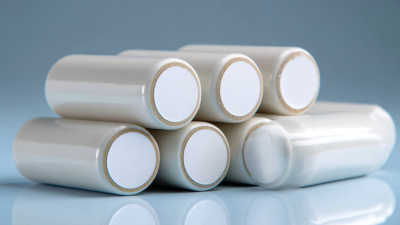
Unmatched Quality: Discover the Excellence of China's Premier Zirconia Ceramic Pin Manufacturer
-
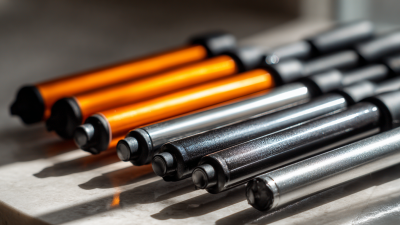
10 Essential Tips for Choosing the Best Ceramic Rollers
Blog Tags:

